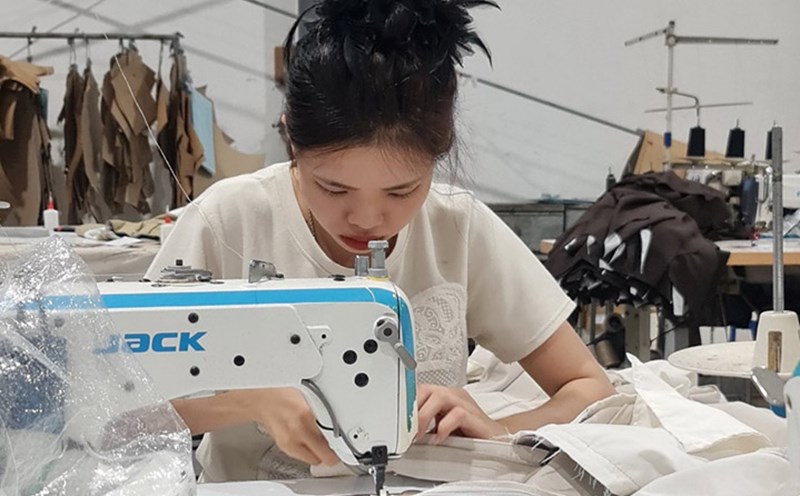According to the US Navy, the marine program has been implemented since 1959, focusing on researching and applying the natural capabilities of pork and crane in the military environment. The Pacific Navy Information War Center (NIWC Pacific) is responsible for training and managing this program.
NIWC Pacific said that thanks to its superior underwater sound and vision positioning capabilities, pork and crab can perform tasks that humans, even machines, cannot do. Therefore, the US military has avoided many risks in underwater military operations.
War criminals often participate in the task of detecting and marking the location of watercraft as well as identifying unidentified divers while cranes are assigned to recover objects from the seabed and support the protection of naval bases.
The pig training process takes from 5 to 7 years, while crab takes from 2 to 5 years to complete the program. The main training method is rewarding with fish, squid, or toys.
Since 1989, the US Navy has breeded pigs on its own to ensure a stable supply for the program, while cranes are collected from rescue organizations, marine parks or nature.
The US Navy Museum notes that only male cranes are selected to participate and they are often exploited to minimize health problems, aggression and body size. Currently, these animals are cared for at a naval base in San Diego.
The US Navy's pork and crab training program is a testament to the unique cooperation between humans and animals, taking advantage of the special abilities of marine life to serve national defense and maritime security purposes.











